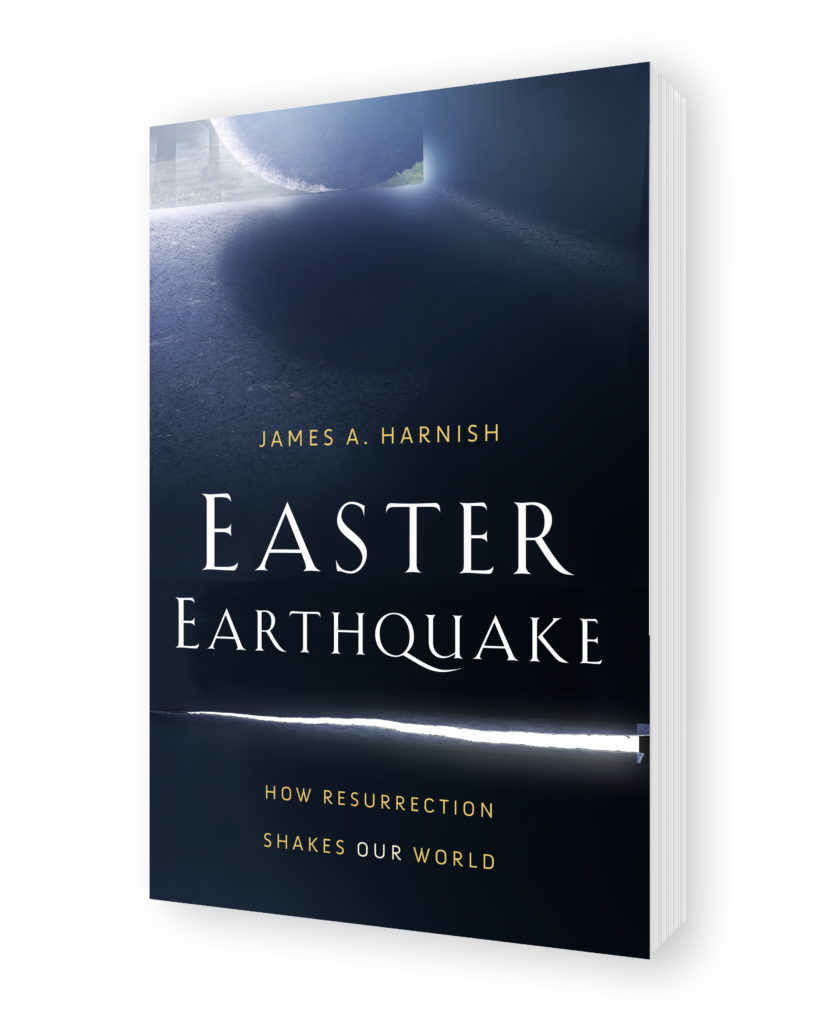About the Book

What’s the advantage of a Lenten study that starts at the empty tomb?
Easter Earthquake offers a fresh, energetic approach to Lent by focusing more on the hope of resurrection than emphasizing Lent as a somber, penitential season. This study explores the ways in which the resurrection of Jesus Christ shakes up some of our common assumptions and invites us into a new way of living—one energized by the life-giving presence of the risen Christ. Harnish’s insights will lead participants into a deeper relationship with God, a fuller understanding of the Passion, and a more vibrant experience of Easter.

What is included in this book?
This study is created for individual and group study starting on Ash Wednesday and continuing through Easter. Each week contains 5 readings, a prayer focus, suggestions for small-group interaction, and a hymn. The book also includes a guide for daily meditation and prayer, and an outline for small-group gatherings.
Register for the eCourse
19.99
Praise for Easter Earthquake
“Jim Harnish invites the devotional reader or study group to share a warm and winsome conversation about the nature of the journey through Lent to Easter. Blending classical with contemporary illustrations, he weaves tradition and relevance into a single trustworthy cloth of assurance and faith. Easter Earthquake is a gift from a pastor’s heart to all who seek to explore more fully the season the ancients called the springtime of the soul.”
-Rev. Paul L. Escamilla
Senior Pastor, St. John’s United Methodist Church, Austin, Texas
Author, Longing for Enough in a Culture of More













